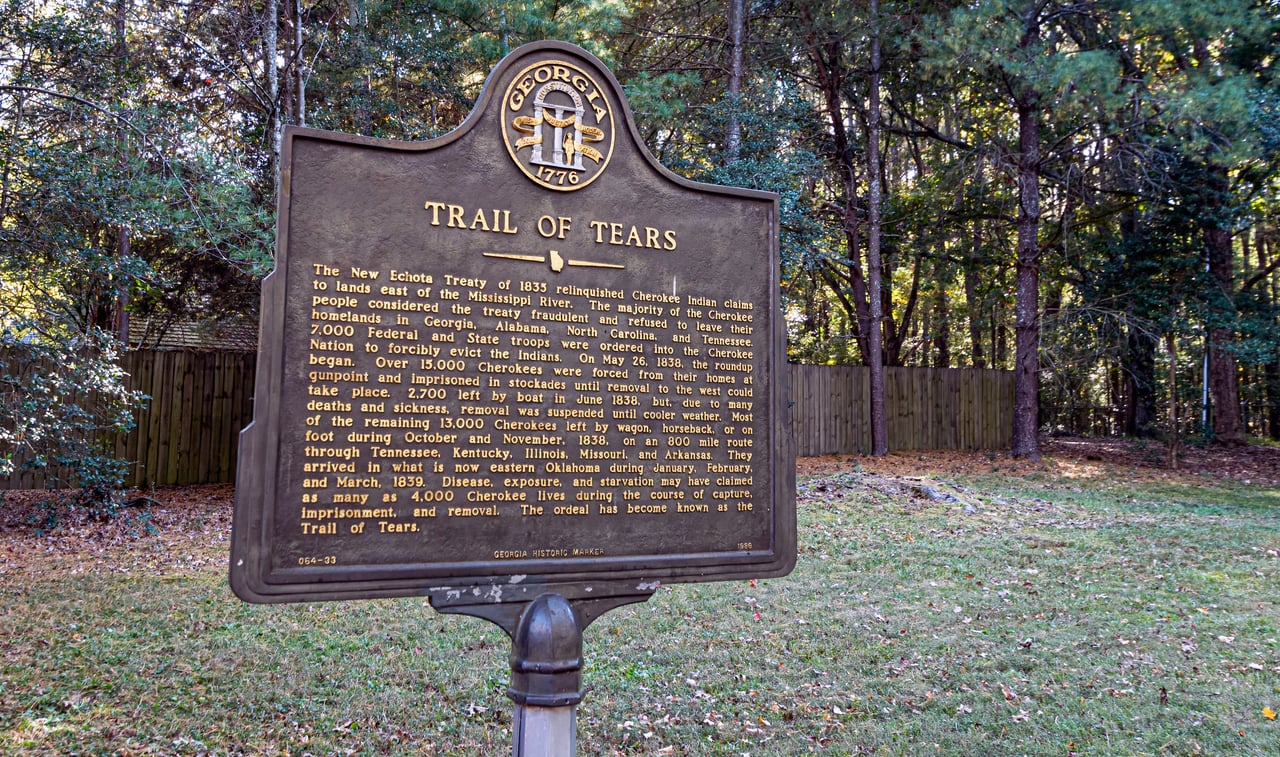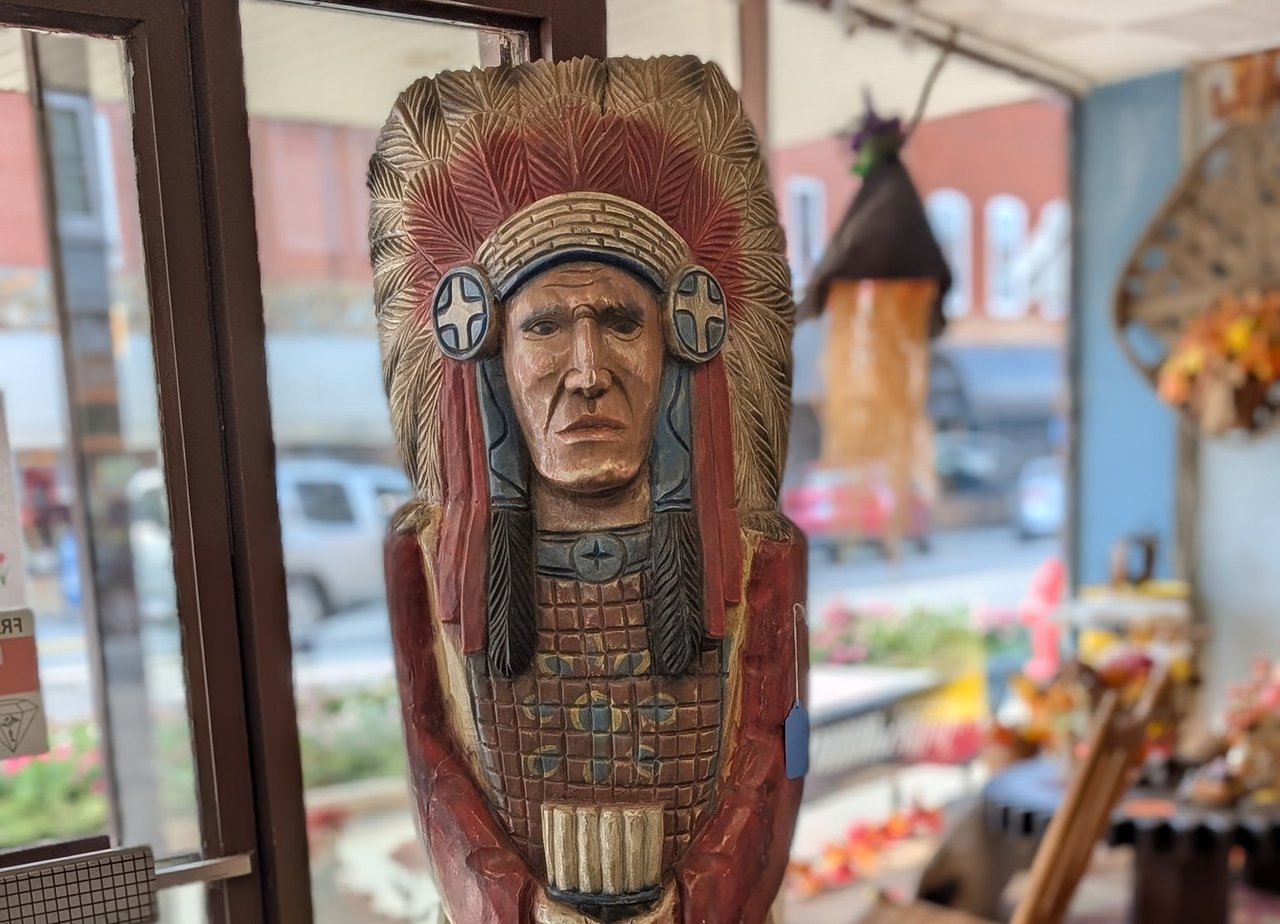The Trail of Tears, a pivotal and harrowing chapter in American history, is a symbol of the forced removal of Native American tribes from their ancestral lands. This term specifically refers to the relocation of the Cherokee Nation in the 1830s, though other tribes, including the Creek, Seminole, Chickasaw, and Choctaw, also endured similar fates. This article delves into the historical context, the events surrounding the removal, the journey itself, and its lasting impact on Native American communities, underscoring its profound significance in American history.
The Indian Removal Act of 1830, a significant piece of legislation signed into law by President Andrew Jackson, began the long march of the trail for tears. This act culminated in the growing desire among European settlers to access the fertile lands of the southeastern United States, particularly in areas home to Native American tribes. Manifest Destiny, the belief that the United States' destiny was expansion across the continent, was instrumental in the events following. This expansionist mindset often viewed Native Americans as obstacles to progress. The Indian Removal Act sought to negotiate treaties with Native American tribes that would compel them to relinquish their lands in exchange for territory west of the Mississippi River.
The Indian Removal Act sought to negotiate treaties with Native American tribes that would compel them to relinquish their lands in exchange for territory west of the Mississippi River. The United States Government coerced The Choctaw and Chickasaw tribes into signing agreements with the government, whereas the Cherokee Nation resisted, using legal avenues to protect their rights. In a landmark case, Worcester v. Georgia (1832), the U.S. Supreme Court ruled in favor of the Cherokee, stating they had the right to their lands. However, President Jackson, a strong advocate of Indian removal, ignored the ruling of the United States Supreme Court and the state of Georgia.
The Cherokee Nation demonstrated remarkable resilience in its resistance to removal. Despite the impending threat, it embraced Western-style governance, education, and agriculture, developed a written alphabet, established newspapers, and modeled its government after the United States. Leaders like John Ross, the chief of the Cherokee Nation, played pivotal roles in negotiating with the U.S. government and uniting its people against the injustices of removal, showcasing their strength and determination.
Despite their efforts, the federal government moved forward with forcible removal. In 1838, under the orders of President Martin Van Buren, U.S. Army troops began rounding up Cherokee families. The process was chaotic and traumatic. The Cherokee Indians, uprooted from their homes across the nation, were given minimal time to prepare for the journey west. The lack of essential belongings to complete the long trip successfully weighed heavily.
The harrowing trek to the designated Indian Territory, present-day Oklahoma, was marked by extreme hardship. The journey took place from 1838 to 1839 and covered approximately 1,000 miles. Cherokee Indians traveled by foot, while some made the passage by wagon. They faced grueling weather conditions, including scorching heat and harsh winter cold.
Disease was rampant, and many suffered from malnutrition, illness, and exposure. The death toll was staggering; estimates suggest that around 4,000 out of 15,000 Cherokee lost their lives during the journey due to disease, starvation, and exhaustion. This devastating journey has come to be known as the "Trail of Tears" because of the overwhelming sorrow and suffering endured by the tribes.
The Trail of Tears left an indelible mark on the Cherokee Nation and other tribes involved in forced relocations. The loss of life, culture, and connection to ancestral lands had profound effects. Shattered communities caused survivors to face the daunting task of rebuilding their lives in unfamiliar territory.
In the wake of removal, tribes faced ongoing challenges, including poverty, societal disruption, and cultural dislocation. The experiences of trauma and loss have persisted over generations, influencing the narratives and identities of Native American peoples today. The Trail of Tears was not just a historical event but a defining moment that continues to shape the lives and experiences of Native American communities, underscoring its lasting impact.
The Trail of Tears remains a significant historical memory for Native Americans and an essential part of American history. Efforts to honor the lives lost and educate future generations about this dark chapter in U.S. history have increased. It is our collective responsibility as citizens of the United States to remember the sad lessons of Indian history. Memorials and historical sites have marked the route taken by the Cherokees and other tribes, serving as a reminder of the importance of remembering and learning from the past.
Congress designated the Trail of Tears National Historic Trail in 1987, preserving the route and providing educational resources to ensure that the story of the Trail of Tears would not be lost. Numerous organizations and Native American tribes dedicate themselves to keeping the memory alive through storytelling, cultural events, and education. These efforts underscore the resilience and enduring spirit of Native American communities, offering hope for their future.
Vignette Realty specializes in real estate services in Franklin, Highlands, Otto, Cashiers, Sylva, Bryson City, and Dillsboro. We love working with our clients and giving them a keener insight into the mountains, history, and culture of Western North Carolina.






